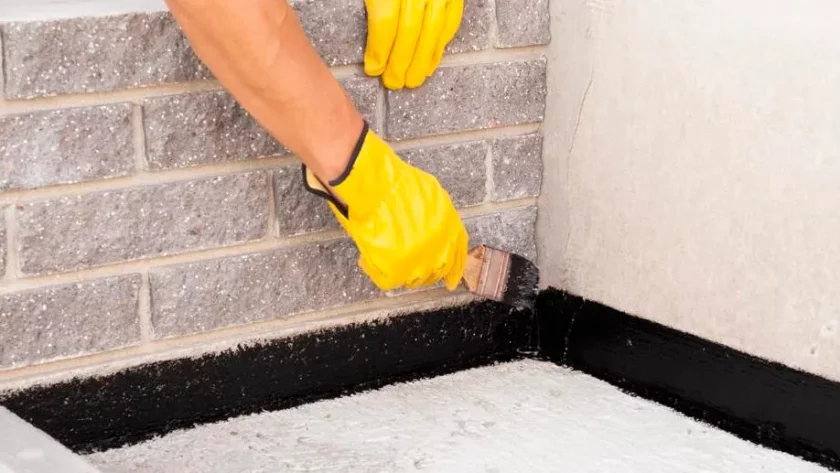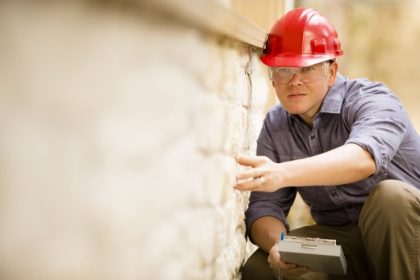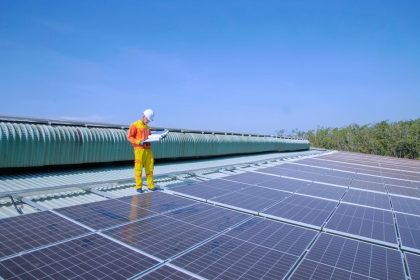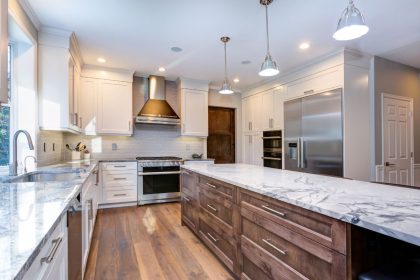Basement waterproofing is a critical aspect of home maintenance, especially for those living in areas prone to heavy rainfall or where the water table is high. A leaky or wet basement can lead to a host of problems, including structural damage, mold growth, and decreased property value.
Whether you’re dealing with a current water issue or looking to prevent future problems, understanding the ins and outs of basement waterproofing is essential.
In this guide, we’ll explore the best practices for both exterior and interior basement waterproofing, ensuring your home stays dry and secure.
Understanding the Basics of Basement Waterproofing
Before diving into the specifics of waterproofing your basement, it’s important to understand what causes wet or leaky basements. The most common culprits include poor drainage around the home’s foundation, cracks in the foundation walls, or high levels of groundwater. Addressing these issues requires a combination of proper drainage, sealing, and sometimes, the installation of a sump pump or other water management systems.
Basement Drainage System plays a crucial role in keeping your basement dry and preventing water damage. By directing water away from the foundation and ensuring proper runoff, a well-designed drainage system can significantly reduce the risk of basement flooding. Whether it’s through exterior solutions like French drains or interior options like a perimeter drain tile system, implementing an effective drainage strategy is essential for maintaining a dry and usable basement space.
Exterior Basement Waterproofing
Exterior basement waterproofing is often considered the most effective method for preventing water from entering your basement. This process typically involves the following steps:
- Excavation: The soil around your home’s foundation is excavated to expose the basement walls.
- Wall Repair and Preparation: Any cracks or holes in the foundation walls are repaired. The walls are then cleaned and prepped for waterproofing.
- Applying a Waterproof Coating: A waterproof membrane or coating is applied to the exterior walls. This coating is crucial in creating a barrier that prevents water from seeping through the foundation.
- Drainage System Installation: A drainage system, such as a French drain or weeping tile, is installed around the foundation to redirect water away from your home.
- Backfilling: The excavated soil is replaced, and the area around the foundation is graded to ensure proper water runoff.
Interior Basement Waterproofing
While exterior waterproofing tackles the problem at its source, interior basement waterproofing is also vital, especially in managing water that has already entered the basement. This method includes:
- Sealant Application: Special waterproof sealants are applied to the interior walls and floors of the basement. These sealants can prevent minor seepage and dampness.
- Interior Drainage Systems: An interior weeping tile system or a similar drainage system can be installed beneath the basement floor to collect and redirect water to a sump pump.
- Sump Pump Installation: A sump pump is essential in removing accumulated water from the basement and discharging it away from the home’s foundation.
- Dehumidification: To manage the humidity levels in your basement, consider installing a dehumidifier. This can help prevent mold growth and further moisture damage.
Choosing the Right Method
Deciding between exterior and interior basement waterproofing depends on various factors, including the severity of your water problem, the construction of your home, and your budget. In many cases, a combination of both methods offers the most comprehensive protection.
Maintenance and Prevention
Regular maintenance is key to keeping your basement dry. This includes cleaning gutters, ensuring proper grading around the foundation, and regularly inspecting and maintaining your sump pump and interior drainage systems.
Professional Assistance
For best results, it’s advisable to seek professional help. Companies like Waterproofing PD specialize in both exterior and interior basement waterproofing and can offer tailored solutions for your home.
Conclusion
A dry basement is crucial for the structural integrity and overall health of your home. By understanding the different methods of basement waterproofing and taking proactive steps, you can protect your home from water damage. Remember, while DIY methods can be effective for minor issues, professional assistance is invaluable for comprehensive and long-lasting waterproofing solutions.





